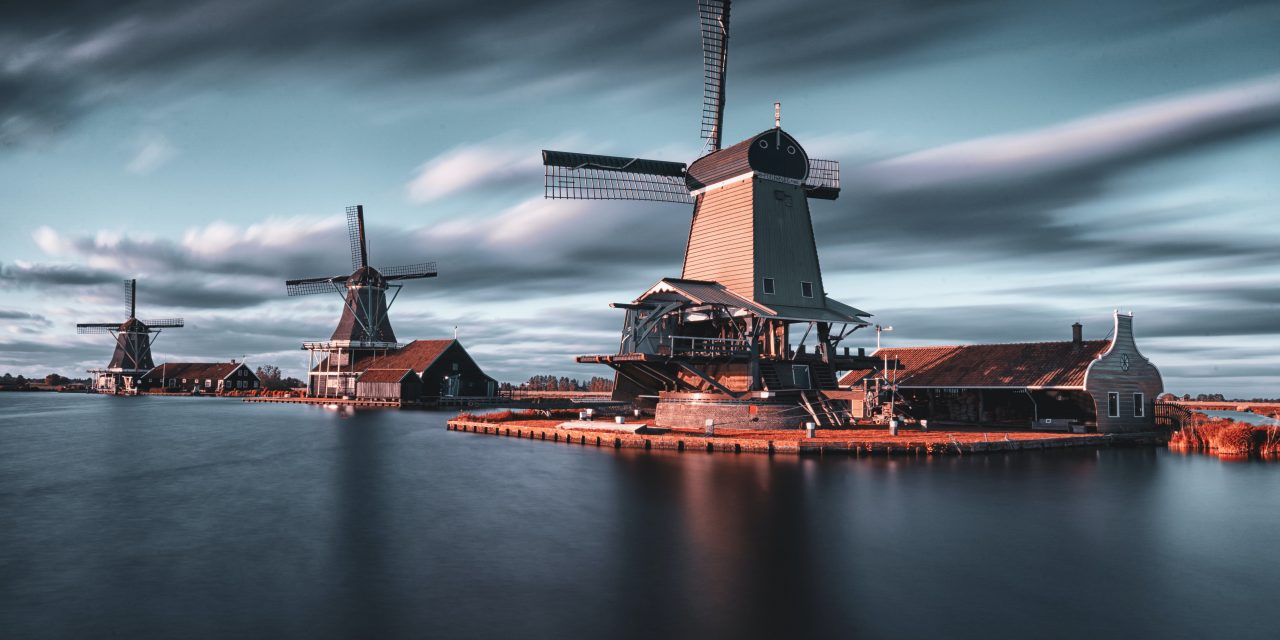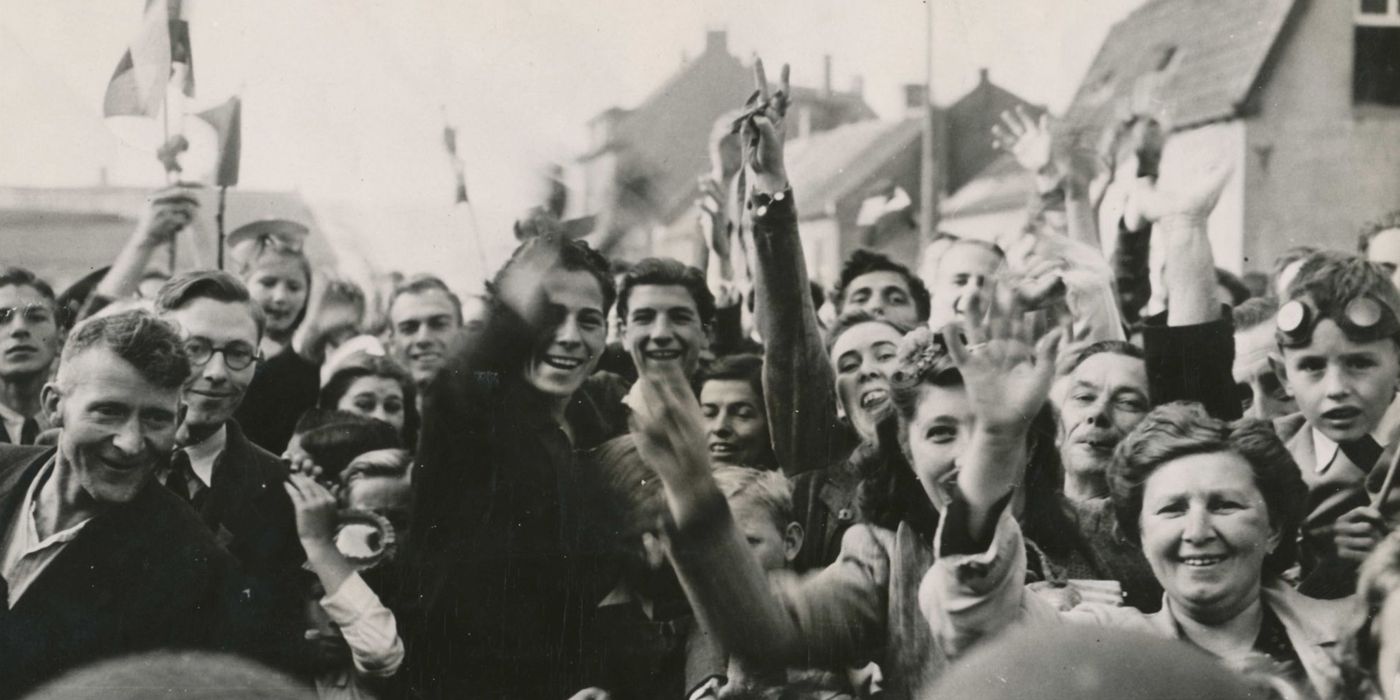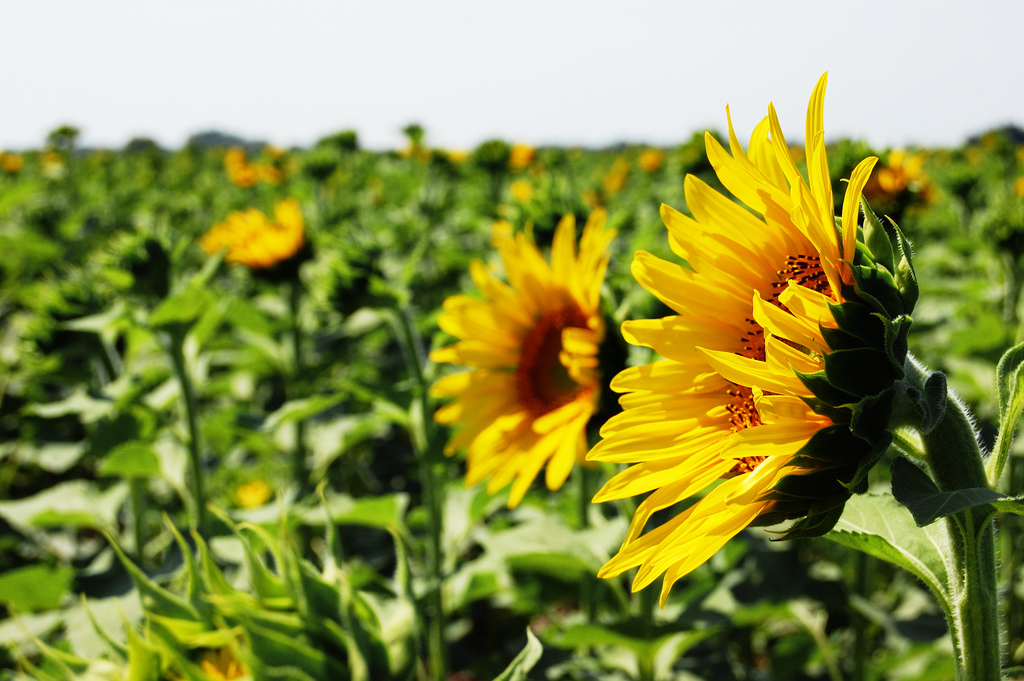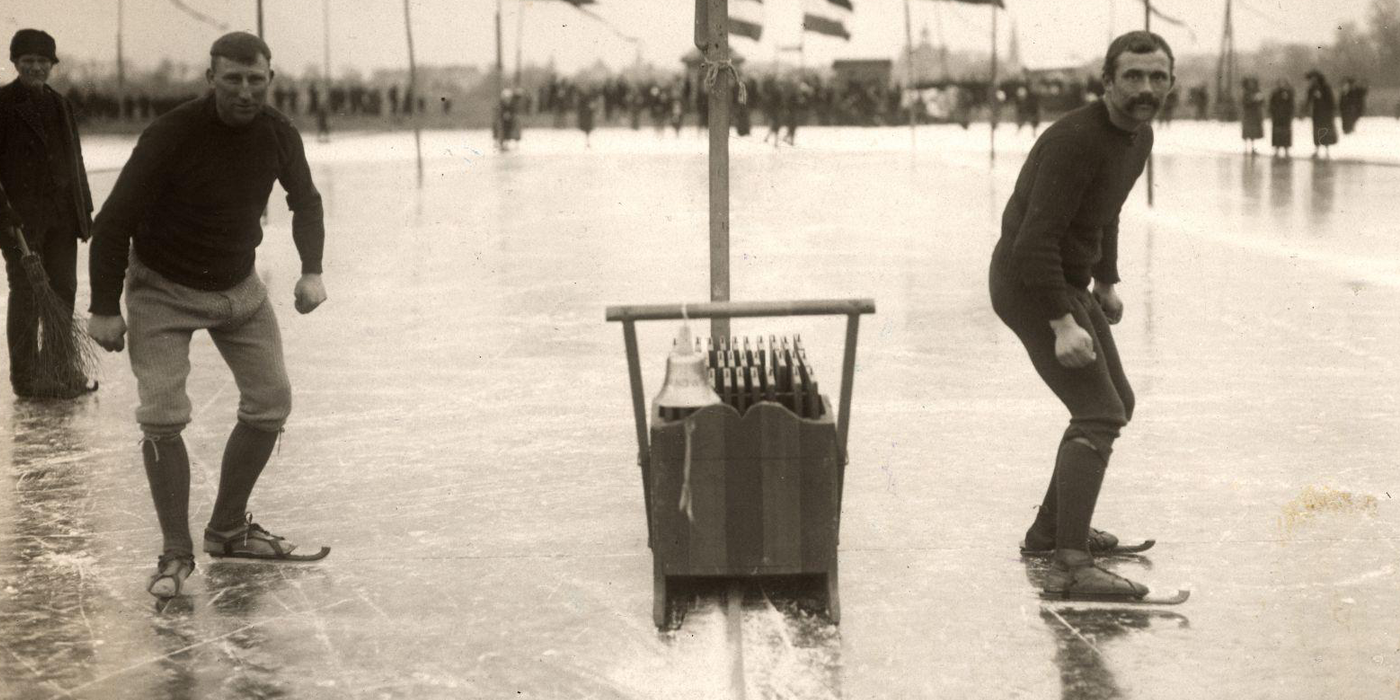Ah, the Dutch windmill—a timeless symbol of Holland, the little country with a big personality! Countless photographs have been taken of these iconic structures, but what do you really know about them? Today we’re taking a look at some interesting facts and history surrounding these fascinating machines.
A Little History
The earliest records of windmills in Holland date back to the 12th century, when they were used primarily for draining swamps and marshes. By 1391, there were already 1,000 windmills in operation across the country. These mills were powered by sails rather than blades and they were used to grind grain into flour, pump water, and other industrial purposes such as sawing wood or crushing ore. In 15th century Holland, windmills became increasingly important as a source of energy for both industrial and domestic use.
An industrial powerhouse
Furthermore, as more people began utilizing them for pumping water, it allowed farmers to cultivate larger areas of land than ever before. This ultimately led to an increase in agricultural productivity which had a positive effect on the economy as a whole. By the late 16th century, over 10,000 windmills were in use throughout the country. With so many mills in operation, it’s no surprise that they became an integral part of Dutch culture and identity.
Types Of Windmills
Not all windmills are created equal! There are several different types depending on their purpose and design. The most common type is called a “polder mill” which is used to drain wetland areas by pumping out excess water. Other types include smock mills (used for grinding grain), tower mills (used for draining marshes) and post mills (used for sawing lumber). Interestingly enough, some of these mills are still in operation today!
The Dutch windmill is more than just a pretty sight—it’s an important part of Dutch history and culture. From powering pumps to grinding flour, these remarkable machines have served many purposes over the years and continue to fascinate us with their unique designs and functionality. So next time you visit Holland, don’t forget to take a few minutes to admire these majestic symbols of industrial progress. Who knows? You might even spot one in action!










